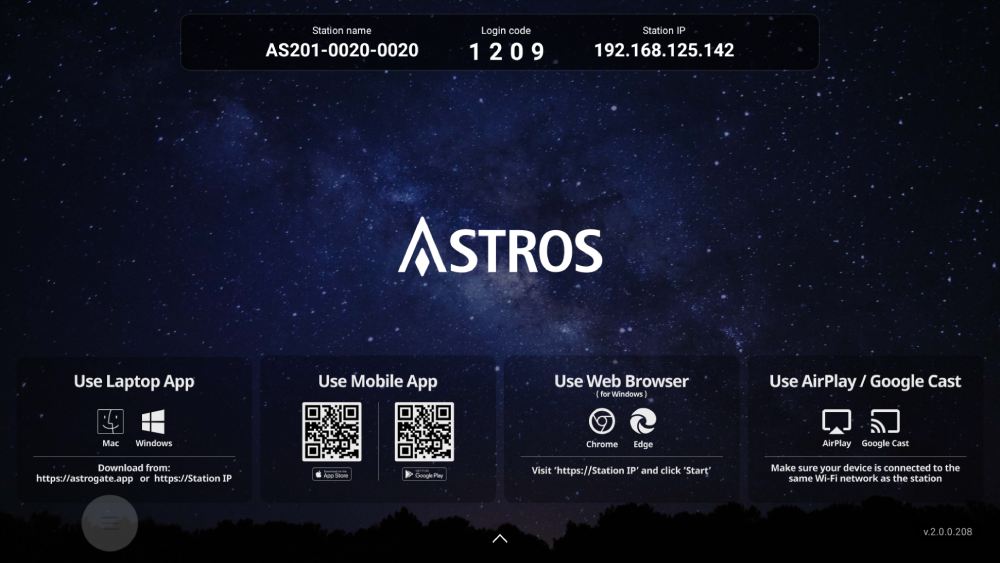
With the rise of remote work and the need for seamless communication, businesses are looking for ways to make their conference rooms more efficient and accessible. In this article, we will explore various methods and technologies that can help you make your conference room wireless, enabling you to conduct meetings and presentations with ease.
Understand the Benefits of a Wireless Conference Room
Before we dive into the nitty-gritty of setting up a wireless conference room, let’s explore the numerous benefits it offers:
- Flexibility and Mobility: A wireless conference room eliminates the need for cables and allows participants to connect and present wirelessly from their laptops, tablets, or smartphones, enabling them to move around freely and engage more actively during meetings.
- Simplified Setup: With wireless connectivity, you can say goodbye to the hassle of complex cable management. Setting up a wireless conference room is quick and straightforward, reducing the time spent on installation and troubleshooting.
- Enhanced Collaboration: Wireless technology enables seamless screen sharing, allowing multiple participants to present and contribute to the discussion effortlessly. This fosters a collaborative environment where ideas can be shared and refined in real-time.
- Efficient Resource Utilization: By eliminating the need for dedicated cables and adapters, a wireless conference room optimizes resource utilization and reduces clutter. This results in a cleaner, more organized workspace.

Follow these steps to make your conference room wireless
Before making any changes, it is essential to evaluate your existing conference room setup. This section will let you know what equipment you need and how you can elevate your meetings to the next level.
1.Install a wireless access point
This device serves as a bridge between your wired network and wireless devices, enabling them to connect and communicate with each other effortlessly. By strategically placing the access point in the conference room, you can ensure optimal coverage and a strong wireless signal throughout the area. Whether it’s for presentations, video conferences, or accessing cloud-based applications, a well-positioned wireless access point in the conference room can significantly enhance productivity and the overall user experience.
2.Upgrading your network infrastructure
A strong and dependable network infrastructure forms the bedrock for a wireless conference room. It is crucial to verify that your network infrastructure is equipped to support seamless wireless connectivity. This might necessitate enhancing your router, switches, and network cables to effectively manage the demands of wireless traffic.
3.Implementing wireless presentation systems
Wireless presentation systems enable seamless sharing of content during meetings. The wireless presentation system that comes to your mind first maybe is Apple TV, Chromecast or wireless HDMI adapters. But here we recommend you ASTROS wireless presentation solution. It doesn’t only allow users to use any device to share the screen wirelessly, but also provides several collaboration features. Here are some examples:
- Window Sharing: When we share slides during a meeting, we don’t want any pop-up messages to interrupt it. Windows Sharing allows users to share only one specific application window or the entire screen to the display. If you use Window Sharing, people won’t see pop-up messages afterwards.
- Split Screen: Up to 4 devices can share the screen simultaneously. It allows users to easily compare different data sheets. If users need to demo different app interfaces from different devices at the same time, this can help!
- Wireless Conferencing (ASTROS Conference): Astrogate embodies “Bring Your Own Meeting (BYOM)” and integrates video conferencing platforms with ASTROS wireless presentation to deliver a better collaboration experience for in-office and remote attendees. The meeting host can plug ASTROS Pod AP2-12 via USB-C to the laptop and start the video conference; ASTROS wirelessly connects the room display, camera, and audio to the host’s laptop running the meeting and delivers immersive meeting experiences.
- Annotation Tools and Whiteboard: When static content alone cannot fully convey an idea, users can use the embedded collaboration tools or whiteboard to illustrate and explain ideas in greater detail.
4.Ensuring audio and video connectivity
With ASTROS Conference, you can already use your device to wirelessly connect to the room’s camera, microphone, and speakerphone. However, when selecting cameras, it is advisable to choose high-quality ones with features such as auto-tracking and wide-angle lenses, as they can capture clear and dynamic visuals, ensuring that participants can see and engage with each other effectively. Similarly, when it comes to audio technology, incorporating features like echo cancellation and noise reduction can further enhance the overall audio quality, ensuring that all participants can hear and understand each other clearly.
5.Enhancing security and privacy
Safeguarding sensitive information and preventing unauthorized access to your network are important considerations. Implementing robust wireless security protocols, such as WPA2 or the more advanced WPA3, is a fundamental step in fortifying your network’s defenses. These protocols provide encryption mechanisms that protect data transmitted over the wireless network, thereby making it significantly more challenging for malicious individuals to intercept and decipher the information. Additionally, it is crucial to use strong passwords and regularly update your network equipment’s firmware. By employing strong and unique passwords, you create an additional layer of protection against unauthorized access.

6.Test and optimize the wireless setup
Once the wireless solutions have been implemented in the conference room, it is essential to conduct comprehensive testing to ensure optimal performance and functionality. Thoroughly testing the network connectivity, audio and video quality, and screen sharing capabilities is crucial to identify any potential issues or areas for improvement. This testing phase allows you to fine-tune the system and make necessary adjustments to ensure everything functions smoothly during actual meetings and conferences.
Conclusion
In conclusion, creating a wireless conference room requires careful planning, attention to detail, and a commitment to seamless connectivity. By following the step-by-step guide outlined in this article, you can establish a wireless conference room that surpasses expectations, enhances productivity, and elevates the overall meeting experience. Embrace the power of wireless technology and unlock new levels of collaboration and efficiency in your organization.